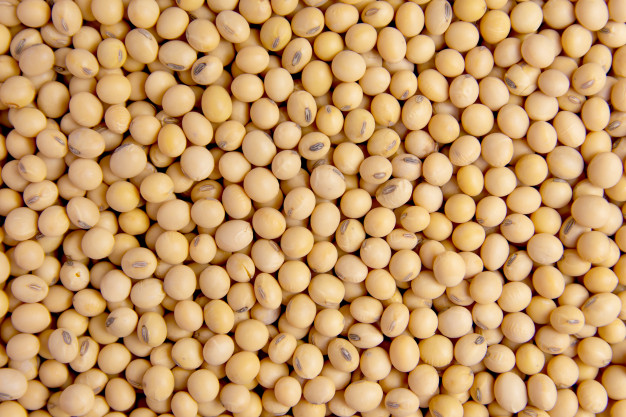top of mind news
- What are Some Additional Ways to Build Revenue Streams and Prepare for the Winter Months?
- Using a Restaurant’s Net Promoter Score to Improve Customer Satisfaction
- California Launches Cautious Reopening Plan That Will Allow Limited-Capacity Dining In For Certain Counties
- Arrivalist: 42.5M Americans Will Hit the Road Labor Day Weekend
- Embracing Consumer Changes for Long-Term Restaurant Success
Poultry
 Total chicken slaughter for the week ending August 22nd was down 1.7% (y/y), but bird weights jumped sharply, which pushed ready-to-cook production 2.1% over a year ago. This was the first year-over-year increase since late-June. Despite the rise, the six-week total of broiler output was down 2.9% (y/y). Tighter production is boosting the white meat complex, with wings and tender prices displaying strength this summer. Still, the dark meat complex remains weak, with leg quarter prices being their lowest since early 2016. As mentioned, wing prices are edging higher due in part to tighter production but also decent demand. The chicken wing markets may remain above $2.00 for now.
Total chicken slaughter for the week ending August 22nd was down 1.7% (y/y), but bird weights jumped sharply, which pushed ready-to-cook production 2.1% over a year ago. This was the first year-over-year increase since late-June. Despite the rise, the six-week total of broiler output was down 2.9% (y/y). Tighter production is boosting the white meat complex, with wings and tender prices displaying strength this summer. Still, the dark meat complex remains weak, with leg quarter prices being their lowest since early 2016. As mentioned, wing prices are edging higher due in part to tighter production but also decent demand. The chicken wing markets may remain above $2.00 for now.
Beef
Late week cattle slaughter held firm, with last week’s kill coming in at 654k head. Beef production, at 544.6 million pounds was up 2.3% from last year as heavier carcasses continue to add pounds to production. While the USDA Choice cutout averaged higher last week (w/w), Friday’s price action was lower. Anticipate the Choice boxed beef cutout to fade lower towards the $2.05 price area in the nearing weeks. The beef 50s fell more abruptly than expected last week, being in the mid-$0.40s. Although expectations are for seasonal price weakness for fat trim, this years’ price declines may be less intense.
Pork
Pork output remains robust, with last week’s 561.4 million lbs. produced being 9.5% over last year. The ham primal continues to move in wide ranges, but prices were lower overall (w/w). Belly prices also, have been volatile but remain in the $1.100 area heading into the late summer. Mostly sideways trade is expected. Total pork in cold storage on July 31st was record small for the month, but more active production should keep interest focused on the fresh markets moving forward. Still, a hiccup in pork production may increase upside price risk.
THE SEA
Seafood
The snow crab markets have generally traded below year ago levels in recent months. However, the markets have still been historically inflated. The next major snow crab fishing season will be Alaskan Bering Sea which is scheduled to get underway in October. That said, the bulk of the snow crab landings are not anticipated until after the New Year. Inflated snow crab prices are likely this fall.
THE GARDEN
Produce
The tomato markets have moved lower during the last week. Better volumes out of both the mid-Atlantic and the west are putting downward pressure on prices. Expectations are that tomato supplies should remain adequate in the near term although there are some concerns for later in September due to earlier weather issues in California. History suggests that mature green tomato prices could be sideways to slightly lower during the next few weeks. The potato harvests are building. Additional potato price declines are likely to occur.
THE KITCHEN SINK
Dairy
The cheese market finished modestly higher last week (w/w). The spot butter market was down (w/w) and the lowest for this time of year in seven years. Per the USDA, July domestic cheese stocks were up 2.4% (y/y) but it was the largest drawdown for the month on record. July 31st U.S. butter inventories were 13.1% bigger than the prior year and it was the largest July build on record. The cheese block price premium over barrels is big so some narrowing will be occurring soon. Expect cheese prices to remain volatile. Despite lackluster food service demand for butter, some long-term buying may be deemed.
Grains
Both corn and soybean crop ratings in the U.S. have deteriorated significantly in recent weeks due to the storm in the Midwest earlier this month as well as dry conditions. Both corn and soybean supplies are expected to be adequate after the harvest in the coming months. But, the grain markets could be volatile in the near term.
Oil
Last week nearby natural gas futures experienced the highest weekly close since November. Hot temperatures this summer and recent natural gas processing disruptions due to hurricane Laura have supported natural gas prices. Still, cooler forecasts and strong U.S. output capabilities should influence prices lower soon.













